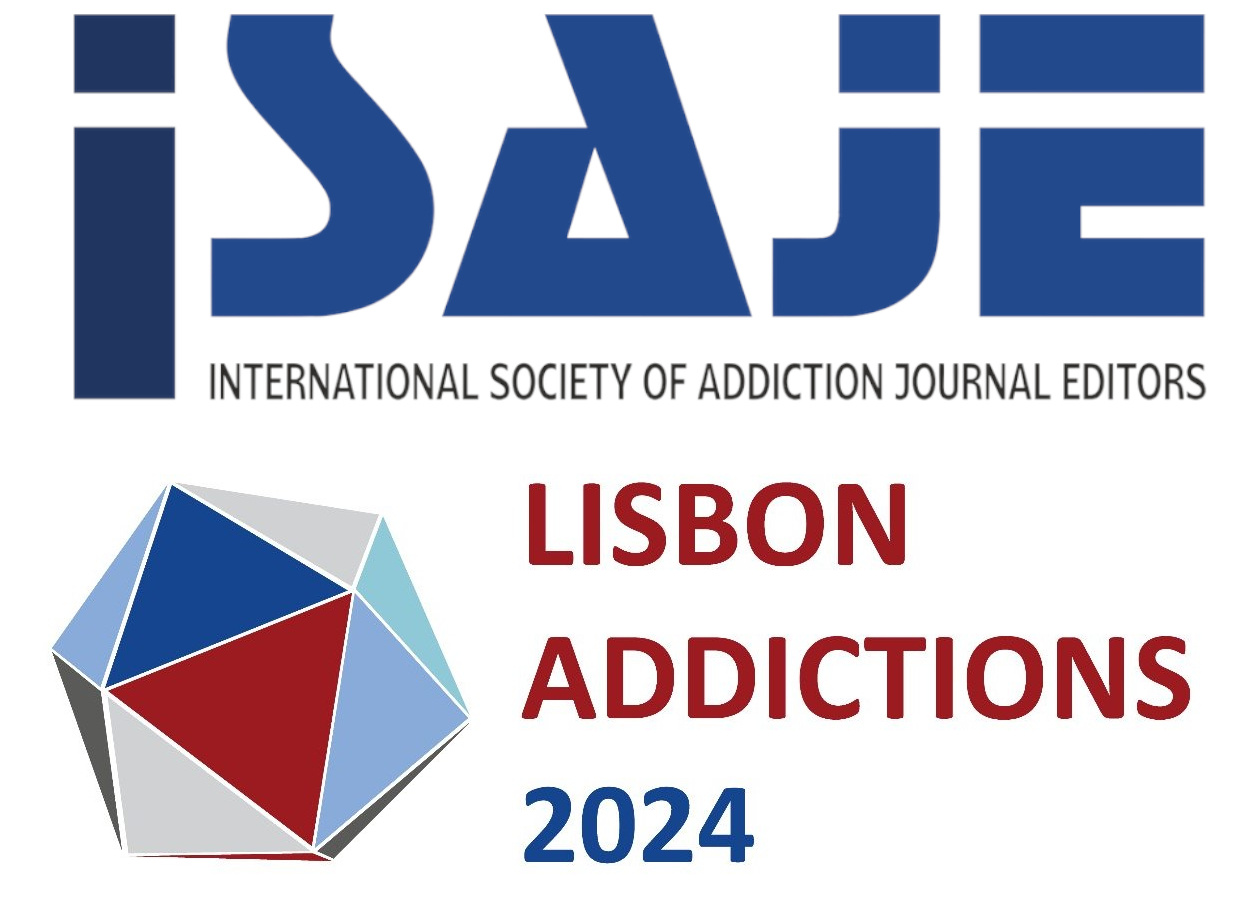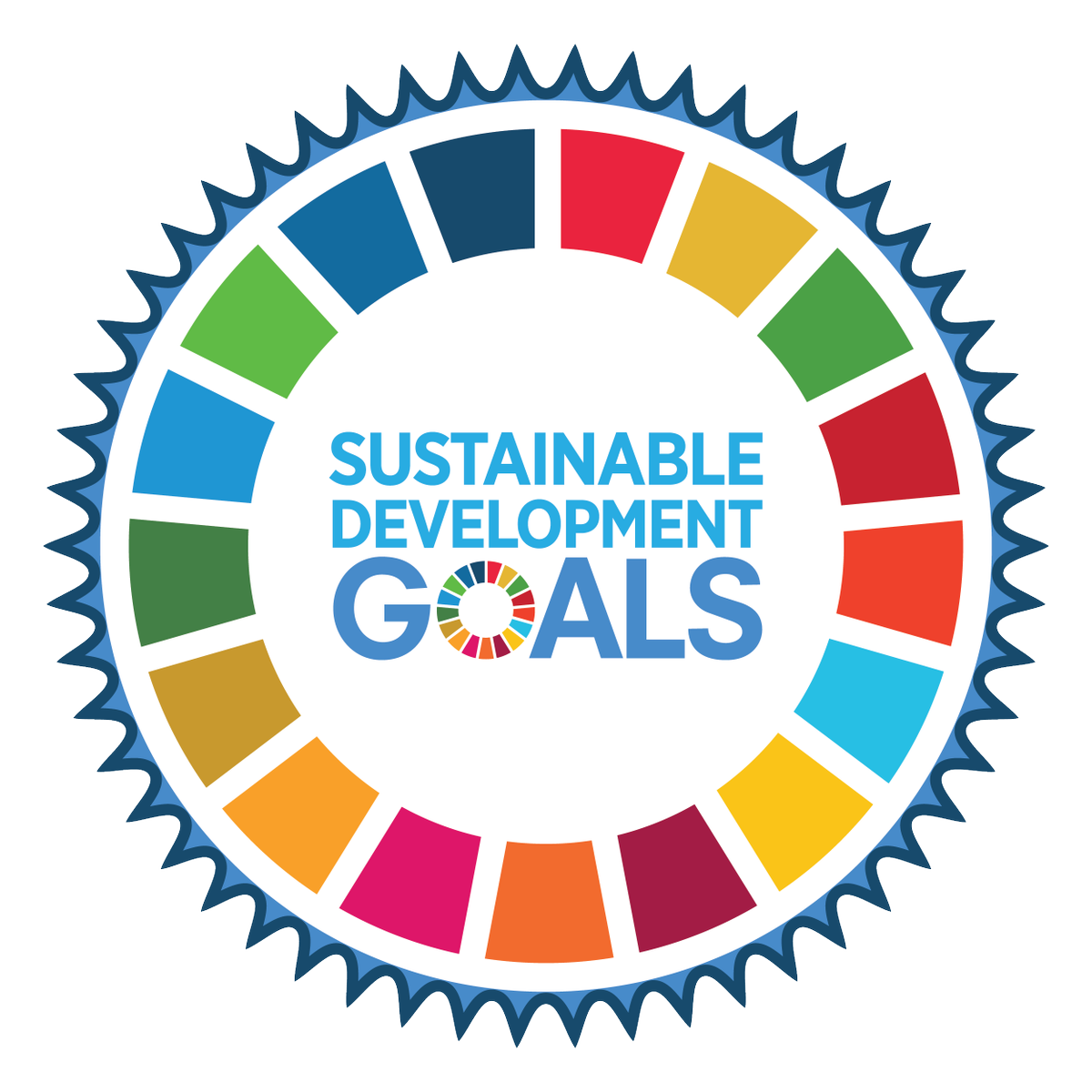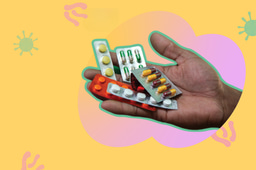Stigma and Substance Use - Conference Perspectives
Published in Public Health and Arts & Humanities

 The end of October 2024 was a significant week for substance use research. The International Society for Addiction Journal Editors (ISAJE) met for their 26th annual meeting in Lisbon, Portugal, from 20–22 October. This was immediately proceeded by the 5th European conference on addictive behaviours and dependencies (Lisbon Addictions 2024) between 23–25 October, along with various other satellite events.
The end of October 2024 was a significant week for substance use research. The International Society for Addiction Journal Editors (ISAJE) met for their 26th annual meeting in Lisbon, Portugal, from 20–22 October. This was immediately proceeded by the 5th European conference on addictive behaviours and dependencies (Lisbon Addictions 2024) between 23–25 October, along with various other satellite events.
Six days were packed with discussion on substance use, behavioural addiction, drug policy, and best practices for communicating scholarly research. Both conferences were attended by many of the same people and focused heavily on broadening and expanding the ways we learn about addiction.
The ISAJE meeting discussed the value of diverse life experiences in developing our understanding of addiction, and equity-minded approaches for editors to promote different types of research. The Plenary Speaker for Day 1, Dr. Carl Hart, PhD (Columbia University, NY, USA), spoke to attendees about his career, his personal experiences and how his views on drug control and treatment had evolved over the years. What started as a very clinical, research-focused mindset was changed by social discoveries that informed how he viewed substance users, or rather, the narrative around them.
This perspective was reflected in other speakers who discussed how stigma underpins health inequality and overpins harms. It also seems reflected in how best practice for addiction scientists and clinicians has evolved more recently. Dr. Hart's advice for editors was to avoid over-interpreting evidence, especially brain imaging; allow bodily autonomy to guide principles; and don't pathologise language. His book "Drug Use for Grown Ups" is a highly recommended read.
Similarly to the ISAJE meeting, the overarching theme of Lisbon Addictions 2024 was empowering those who contribute to addiction care: increasing collaboration with affected communities, informing practice in the digital era and capacity-building to promote holistic treatment.
Prof. Bronwyn Myers, PhD (Curtin University, Australia) gave an insightful introduction to the conference with her presentation on meaningful inclusion of lived and living experiences in substance use treatment design. Again, this reflects changes in attitudes to addiction treatment where those who use drugs are not viewed simply as patients with a substance use disorder to be treated, but as unique people that have different needs. Prof. Myers' speech explained the current climate of poor access to treatment and the stigmatising nature of what treatment is actually accessed by those in need. She is the current Director of the enAble Institute at Curtin University, which advocates for research in partnership with the communities it serves.
 Sustainable Development Goal 3.5 focuses on the prevention and treatment of substance abuse. It mentions narcotic drugs and alcohol explicitly, but the importance of behavioural addiction has become clearer as well (Grant et al. 2010). One common theme during these meetings was that distinguishing substance use from substance abuse is key to success in this goal. What constitutes a risky behaviour that does not require intervention, and what factors contribute to behaviours becoming harmful and leading to negative outcomes such as overdose?
Sustainable Development Goal 3.5 focuses on the prevention and treatment of substance abuse. It mentions narcotic drugs and alcohol explicitly, but the importance of behavioural addiction has become clearer as well (Grant et al. 2010). One common theme during these meetings was that distinguishing substance use from substance abuse is key to success in this goal. What constitutes a risky behaviour that does not require intervention, and what factors contribute to behaviours becoming harmful and leading to negative outcomes such as overdose?
Another significant topic at both conferences was the role of stigma and the power of communities in the transition between substance use and substance abuse. Stigmatisation is a powerful influence and can prevent people from being open and frank about their addictive behaviour, whether that is drug use or something like gambling. Various speakers at both meetings discussed how this stigmatisation can manifest from care experiences, as well as people's personal lives.
Stigma is also all-encompassing; if someone feels shame about their sexuality or feels pressure to provide for those around them, this can prevent people from seeking help and advice on managing risky behaviour. Substance use can quietly and unknowingly become harmful. The possibility for a person’s community to intervene, disparage stigma and help manage harmful drug use was seen as more valuable by the conferences than the role clinical addiction specialists play. (Magidson et al. 2022)
Further to this, the meetings demonstrated that conducting research relevant to SDGs and eliminating the role of stigma requires an interdisciplinary approach. Various aspects of the SDGs have been touched on here, let alone the conferences as a whole. How is Goal 10.3 (equal opportunity and reduced inequality of outcome) or Goal 16.6 (effective, accountable and transparent institutions) relevant to Goal 3.5? How do manifestations of inequality contribute to the stigma that can lead to harmful substance use and why might untrustworthy institutions further this stigma, even when a patient has been honest about harmful substance use?
Springer Nature publishes different journals that promote SDG 3.5, some of which specifically aim to alleviate stigma in communities and prevent harm from risky behaviours.
Harm Reduction Journal has become the world leader in this arena, and being fully open access makes this work available for grassroots, community action groups who will benefit from implementation the most.
Addiction Science & Clinical Practice has followed suit and is now the leading open access journal in addiction. The Editors champion equitable treatment practices, destigmatisation and use of language, and the role of people who use drugs in research.
Submissions are always welcome...
Follow the Topic
-
Addiction Science & Clinical Practice

This journal provides a forum for clinically relevant research and perspectives that contribute to improving the quality of care for people with unhealthy alcohol, tobacco, or other drug use and addictive behaviours across a spectrum of clinical settings.
-
Harm Reduction Journal

This journal publishes research and commentary on approaches diminishing the harm of stigmatization, marginalization and criminalization of public health, human rights and social justice issues, as well as rebuking the de facto criminalization of marginalized and stigmatized communities.
Related Collections
With Collections, you can get published faster and increase your visibility.
Repairable damage: harm reduction and US policy
Recent shifts in US policy and the approach to public health have placed renewed pressure on communities that already face significant health and social challenges. Policy decisions increasingly prioritize criminalization or abstinence-based strategies over interventions that have been consistently shown to reduce harm. These choices reflect a broader trend of sidelining empirical evidence, with real-world consequences for public health.
As a result, morbidity and mortality have increased among people who use drugs, experience homelessness, or who are involved in the US criminal justice system. Rates of preventable illness and infectious disease are also rising. Rhetoric and stigma further undermine public trust and discourage engagement with health services, disproportionately affecting marginalized populations.
Harm Reduction Journal has commissioned a collection of articles to highlight how evidence-based harm reduction strategies – grounded in science, dignity and practical outcomes – can inform more effective, humane public health responses.
This Collection supports and amplifies research related to SDG 3, Good Health and Well-Being, SDG 5, Gender Equality, SDG 10, Reduced Inequalities, and SDG 16, Peace, Justice and Strong Institutions.
All submissions in this collection undergo the journal’s standard peer review process. Similarly, all manuscripts authored by a Guest Editor(s) will be handled by the Editor-in-Chief. As an open access publication, this journal levies an article processing fee (details here). We recognize that many key stakeholders may not have access to such resources and are committed to supporting participation in this issue wherever resources are a barrier. For more information about what support may be available, please visit OA funding and support, or email OAfundingpolicy@springernature.com or the Editor-in-Chief.
Publishing Model: Open Access
Deadline: Aug 18, 2026




Please sign in or register for FREE
If you are a registered user on Research Communities by Springer Nature, please sign in